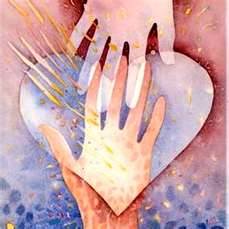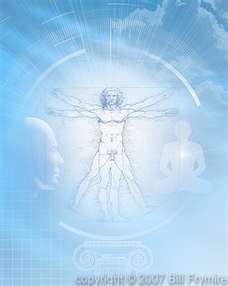
Next Saturday on 1st September is Teachers’ Day, in the spirit of honouring all teachers in the world, I would like to share the truth about science of teaching in the Vedic Tradition which had inspired me to be a living teacher I am today and how teaching has become my very life.
All of us are teachers in some ways – whether it is telling your child or siblings how to do things or advising people on something or showing the way. All these actions make us a teacher in some situations in life. However, to be a living teacher, one has to make it a conscious decision.
In the Vedic culture, an acharya (teacher) means the man who teaches what he lives. The click will happen only in the students when the teacher is practicing what he or she is teaching every day. Only by living the truth, one becomes a living teacher otherwise one is considered a dead teacher. As a yoga teacher and a spiritual coach, I can only teach what I personally had experienced. Students can easily tell if a teacher is integrated and authentic just by looking at the teacher’s life. Fundamentally, teaching has to teach us first before we can start teaching others.
Here are some deeper truths about teaching which I learned from my spiritual teacher who is also my guru, Paramahamsa Nithyananda.

There is a common misguided advice from society – “Ignorance is bliss.”
From a spiritual standpoint, ignorance means darkness because darkness always leads us to fear, bondages, diseases, pain and sufferings and the eventual death. In my experience, ignorance is definitely not bliss. Bliss only comes with restful awareness, being in your presence.
So what exactly is ignorance? Do you know why you landed in this body? Do you know what bio-memory you carry in this body? Where do you want to go next? Who are you? What for is life?

The question is – body or soul, which path should a practitioner focus initially?
A few months ago, one of my students who is a Tibetan Buddhist, was puzzled about the large number of Tibetan Buddhist teachers who are suffering from stomach cancer. This raised some fundamental questions such as – Isn’t the meditation on a daily basis supposed to bring health and free one from diseases? Why particularly the stomach cancer, not other forms of cancer? What are they missing in the spiritual practice?
To answer these questions, let us go back to the beginning of Yoga. You may have read that Hatha Yoga is a system conceived as a traditional holistic path in the Vedic Tradition which includes asanas (postures), mudras (hand gestures), pranayama (controlled breathing) and dhyana (meditation) as instruments to balance the body-mind system. A good level of health and psychological integration must be attained before delving into deeper aspects of yoga – Raja Yoga which primarily concerns with the mind i.e. the more subtle dimension of our existence.


